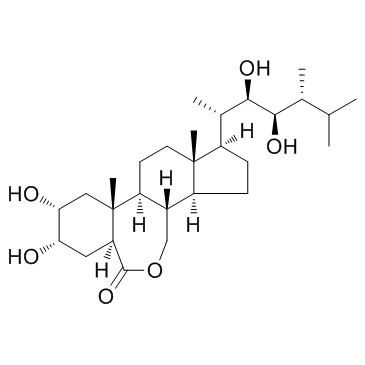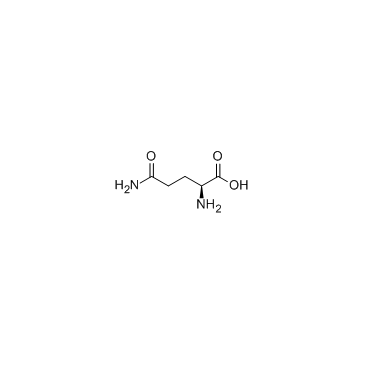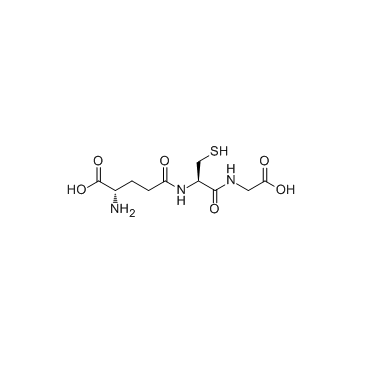| Structure | Name/CAS No. | Articles |
|---|---|---|
 |
Epibrassinolide
CAS:78821-43-9 |
|
 |
L-Glutamine
CAS:56-85-9 |
|
 |
Glutathione
CAS:70-18-8 |